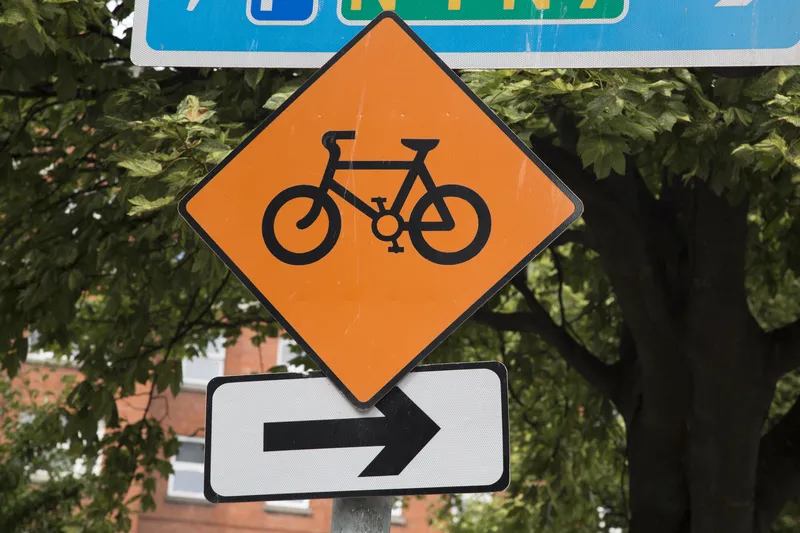Transport for London (TfL) has upgraded WebCAT, its online planning tool for showing how well-connected a location is in terms of transport. It includes a range of new data to help the city’s planners design the housing and business developments of the future.
As well as previously released information such as the levels of public transport by location and journey time, the latest version of WebCAT now includes heat maps which show users how well-connected an area is, not only by public transport but no
January 19, 2017
Read time: 2 mins
As well as previously released information such as the levels of public transport by location and journey time, the latest version of WebCAT now includes heat maps which show users how well-connected an area is, not only by public transport but now also by cycling infrastructure.
Users can also determine travel times from any location in London, including the number of people, jobs, town centres, health services and schools within specified travel time bands.
New comparisons between different scenarios such as cycling and public transport on today’s transport network and that of the future are also available.
The upgraded tool, developed with digital creative agency Mando, now lets users see how many town centres, GP surgeries, accident and emergency departments and schools are reachable from a selected location. It has also been updated to include population and employment information, helping to show how many jobs can be reached from a selected location by public transport. By including this data, planners can quickly assess the viability of any new housing and shopping developments by showing how many people are within a short or long commute of the selected location.










